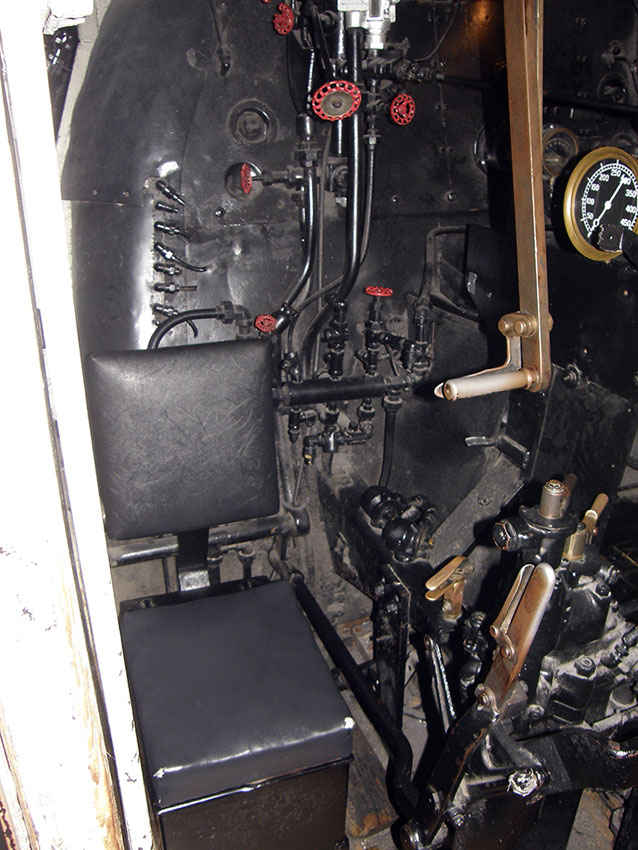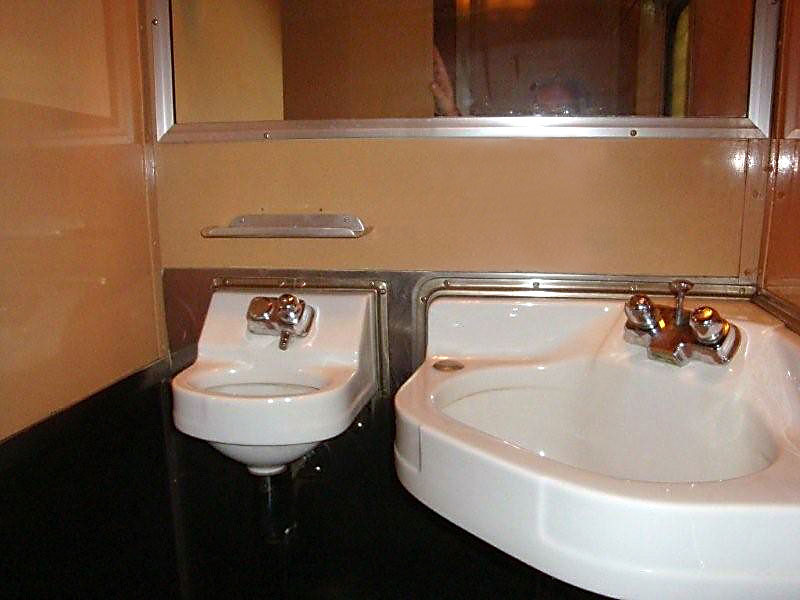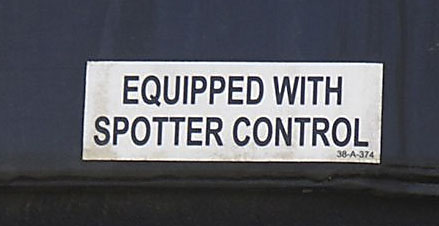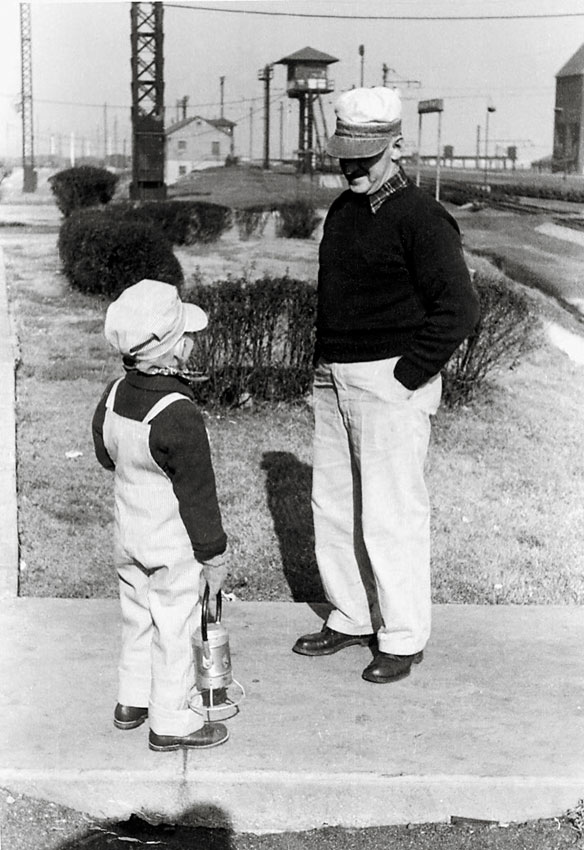Q What is the difference between a cabless booster, a slug, and a calf?— Ken Williams, Tehachapi, Calif. A A cabless unit and a calf are quite similar. Cabless diesel units are usually considered to be road units from any builder and usually have their own designation. For example, an EMD F7 with a cab […]
Section: Ask Trains
History of the Orange Line

Orange Belt Railway President and GM Peter Demens (far right) stand near No. 7, a National Locomotive Works engine, in Pinellas County, Fla. Donald R. Hensley Jr. collection Q I recently heard about a railroad called the Orange Belt that ran through some of central Florida in the late 19th century. Who owned it? Where […]
Cab-forward cab interiors

Q In a Southern Pacific cab-forward steam locomotive, is the engineer on the right side of the cab? If so, does he have to reach back to man the throttle, reverse gear, air brakes, etc.?— Ralph Podas, Columbus, Ohio A Builders of these locomotives redesigned the cabs entirely so that crews would face the correct […]
Draft-gear slack
Q What is the purpose of having draft-gear slack in the era of diesel locomotives? We all know the steam engines needed slack to start the train, and slack is used to “cushion” coupling, but I’ve always wondered why the modern freight cars don’t “lock” the draft gear when the brakeline is charged up eliminating […]
“Honorary steam locomotive”
Q For many years now, fans have been calling Alco PA locomotives “honorary steam locomotives” because of the thick, dense smoke they generate during acceleration. I’ve heard some people mention that TRAINS Editor David P. Morgan wrote an editorial on this citing a statement or caption penned by rail historian Professor George W. Hilton. Can […]
Passenger car with two sinks

Although the quarters were likely close in this passenger rail car’s public bathroom, the extra sink could only have helped. Q While visiting The Durham Museum in Omaha, I saw a passenger car with two sinks in the public bathroom, one large and one small. What was the small sink used for?– Sam Irvin, Summerfield, Fla. […]
Pullman service
Q Did railroads that used Pullman service have their own sleeper and parlor cars too, or were one or the other used exclusively on any particular train? Also, how were contracts structured: Did Pullman pay the railroads for space on the trains and garner all the fares, or did the railroads pay for the service […]
Spotter control

This sign on a SD80MAC means it can move a short distance on battery power through one traction motor. Walter Fertsak Q In Cresson, Pa., this year, I saw a SD80MAC with a little plate above the first axle. What does this signify?— Walter Fertsak, Austria A Spotter Control is a locomotive on-board system used […]
CN’s Freeport Subdivision
Q How have traffic patterns changed on the former Illinois Central line just west of Hawthorne Yard in Cicero, Ill., since Canadian National took over? Also, what is the latest on its future east of the ex-Elgin, Joliet & Eastern (now CN)? How much freight will be diverted off the Iowa line onto that route? […]
Eastern railroad hats

Richard Benton (left) with a railroader in a traditional Eastern hat at Potomac Yard in the 1950s. Richardson D. Benton Ben Curtis’ father’s Eastern railroad hat (left) and the new version Kromer Cap will begin offering. Ben Curtis (left) Q My father wore this style train cap in the 1960s, purchased in the Boston area. […]
Gantlet vs. gauntlet
Q Is it gantlet or gauntlet? My dictionary describes the former as a type of railroad track and the latter as an armored glove. But now my railroad guru tells me that all railroads use “gauntlet” to describe the track. Which is it? – D.G. Townsend, Falls Village, Conn. A Always trust your dictionary. Gantlet […]
Railroad air brake systems
Q I just saw the preview for “Unstoppable.” How can a train with no air in the reserve tank and brake cylinders roll away? I thought once all the air is drained the brakes will automatically apply?— Andrew Marino, Lincoln Park, N.J. A Railroad air brake systems need air pressure to function, and it’s held […]
